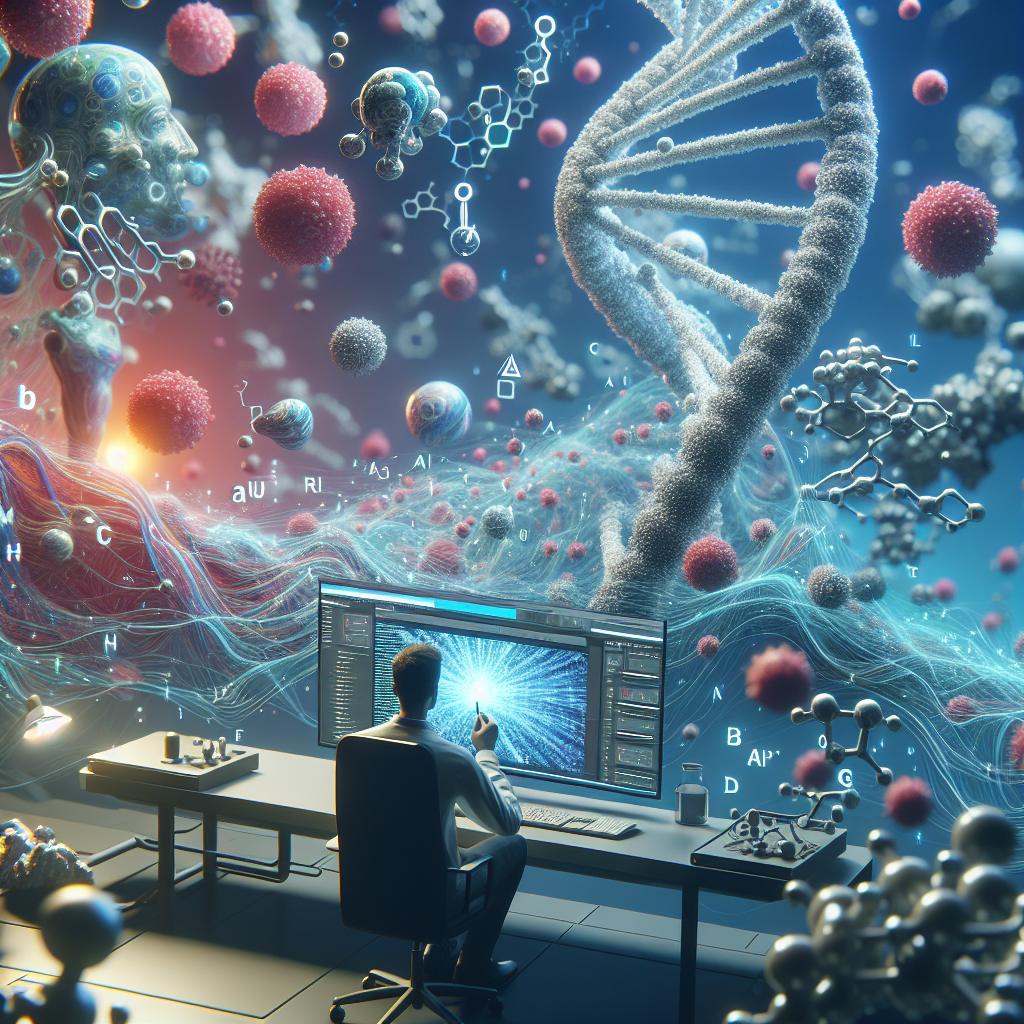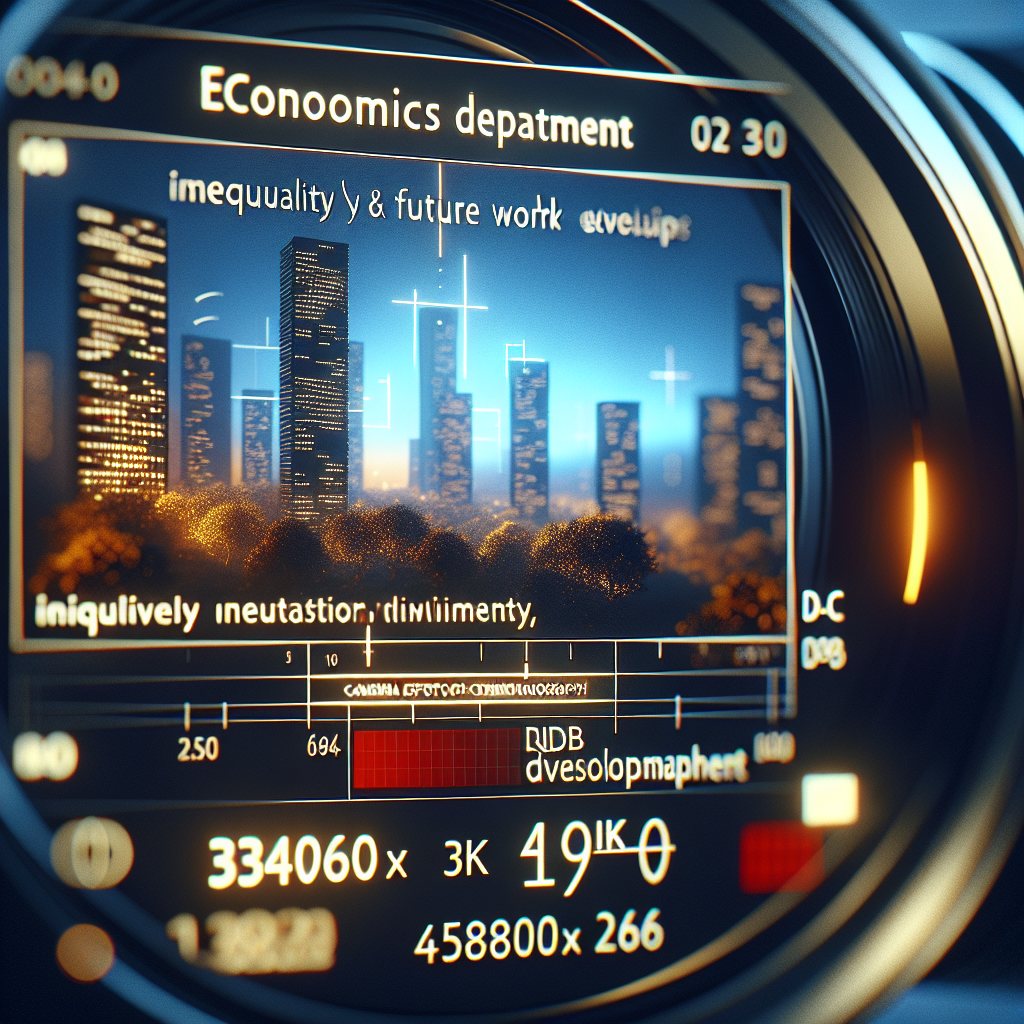AI Algorithm Unravels the Navigation Code in Proteins
AI Algorithm Deciphers Protein Navigation Code
An artificial intelligence (AI) algorithm has successfully decoded the navigation system within proteins, a breakthrough that could revolutionize the field of biochemistry and medicine.
Understanding the Protein Navigation System
Proteins, the building blocks of life, are complex molecules that perform a vast array of functions within living organisms. Their function is determined by their structure, which is in turn determined by the sequence of amino acids they are made up of. Understanding how proteins fold into their unique structures is a key challenge in biochemistry.
The Role of AI in Protein Folding
The AI algorithm, developed by a team of researchers, has been able to predict how proteins fold into their unique three-dimensional structures based on their amino acid sequences. This is a significant breakthrough as it could potentially lead to the development of new drugs and treatments for a variety of diseases.
- The AI algorithm uses machine learning techniques to analyze the amino acid sequences of proteins and predict their three-dimensional structures.
- This breakthrough could potentially revolutionize the field of drug discovery, as it could allow scientists to design drugs that can target specific proteins more effectively.
- The algorithm could also be used to better understand the function of proteins in the body, which could lead to the development of new treatments for a variety of diseases.
Implications and Future Directions
The successful application of AI in predicting protein structures opens up new avenues for research in biochemistry and medicine. It could potentially lead to the development of new drugs and treatments for a variety of diseases, including cancer, Alzheimer’s, and many others. However, the researchers caution that while the algorithm is a powerful tool, it is not yet perfect and further research is needed to refine its predictions.
Conclusion
In conclusion, the development of an AI algorithm that can predict protein structures based on their amino acid sequences is a significant breakthrough in the field of biochemistry. This could potentially revolutionize drug discovery and lead to the development of new treatments for a variety of diseases. However, further research is needed to refine the algorithm and improve its predictions.














